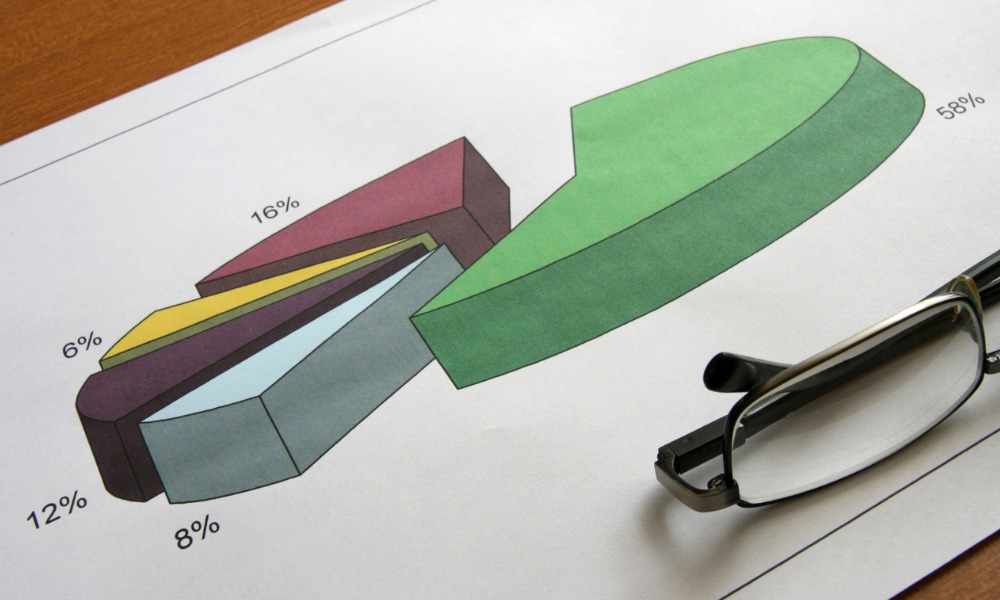Though they should have no bearing on companies' future returns, splits have led to benchmark-beating performance – usually

In the past few months, numerous equity-market heavyweights have announced stock splits, followed by a feeding frenzy of investors eager to get a slice of their success. Professionals might be bemused by that behaviour: as impressive as a split might look, it doesn’t add to a company’s market capitalization, nor does the manoeuvre change the business’s fundamentals.
But sometimes, facts simply don’t care about theory. According to an analysis of data going back 40 years, companies that announce stock splits have gone on to beat their benchmarks’ performance – usually. As Derek Horstmeyer, associate professor of finance at George Mason University’s Business School, said in a recent piece on the Wall Street Journal, a split leads to failure when individual investors’ excitement is at fever pitch.
“In years when equity markets were on a tear, buying into a stock split cost an investor an average of more than 6 percentage points in lost returns, compared with the stock’s benchmark, one year after the split,” Horstmeyer said.
That conclusion, he said, came as a result of work he did with Stephanie Fincher and Eric Dzik, research assistants at George Mason University. Focusing on U.S. stocks listed on the Nasdaq or NYSE, they examined 3,480 stock splits and reverse stock splits going back to 1980. They then determined what one-month, six-month, and 12-month returns were eventually experienced by investors who bought stocks that had just split or been part of a reverse split.
“Returns were measured against a portfolio of other U.S. stocks with similar market capitalization and book-to-market ratios,” Horstmeyer said.
The analysis showed that stocks returned an average of one percentage point more than their benchmark over the six months after a split, and 0.82% more over the succeeding 12-month period.
But the researchers also found that in years when stock ownership by individual investors was particularly high – specifically in 1998, 1999, 2007, 2018, 2019 and 2020, which represented the top 15% of yearly observations in the sample period – stocks’ returns averaged 2.95 percentage points less than their benchmark in the six months after a split, and 6.12 percentage points less than the benchmark over the following year.
“Also of interest are the results associated with reverse stock splits,” Horstmeyer said. Since 1980, they found that just 304 reverse splits were announced on the NYSE and Nasdaq exchanges.
In the month after a reverse split, stocks lagged their benchmark by an average of 1.18 percentage points. That gap widened to 7.57 percentage points in the six months after a reverse split, and 12.02 percentage points in the year after.
“[I]t may very well be worth it to buy into a company that is splitting its stock, as long as individual investors aren’t caught up in the hype and partying like it’s 1999—or 2020,” he said.



